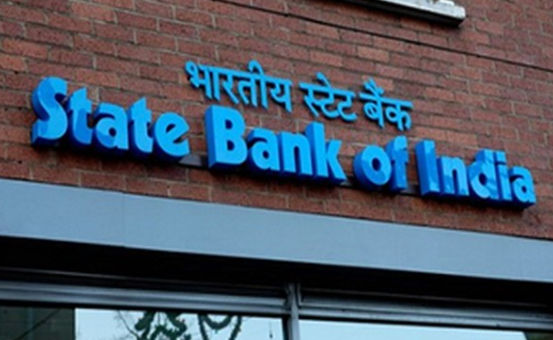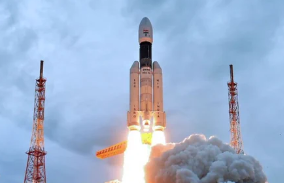Banks are increasing the marginal cost of lending rate, after Bank of Baroda last week, now SBI and Axis Bank have also increased their lending rates.
India’s largest lender, the State Bank of India (SBI), has increased the marginal cost of lending rate (MCLR) by 0.1%. The new rate is effective from April 15, 2021.
Also Read | IMF slashes India’s GDP growth forecast by 80 bps to 8.2% for FY23
In 2016, the Reserve Bank of India (RBI) introduced MCLR in floating-rate loan systems so that end consumers could get better-priced loans. This is the minimum rate of interest at which any bank could lend loans to its clients who have their loans benchmarked to this rate.
According to SBI’s website, the revised annual MCLR is as follows.
One Year: 7.1%
Two Year: 7.3%
Three Year: 7.4%
The revised shorter-term marginal cost of lending rate (MCLR) is as follows:
Overnight: 6.75%
One Month: 6.75%
Three Months: 6.75%
Six Months: 7.05%
Also Read | How inflation affects RBI’s interest rate policy
Axis Bank has increased its Marginal Cost of Lending Rate (MCLR) by 5 basis points (bps) or 0.05% with effect from April 18, 2022. The benchmark one-year tenor MCLR will rise to 7.35%. The overnight, one-month, three-month and six-month MCLRs have been raised to 7.20%, 7.30% and 7.35% respectively.
Revised MCLRs with effect from 18th April 2022:
Overnight: 7.20%
One month: 7.20%
Three months: 7.30%
Six months: 7.35%
One year: 7.40%
Two years: 7.50%
Three years: 7.55%
Also Read | With Russia’s economy crunched, Moscow turns to India for medical equipment
The benchmark one-year tenor MCLR will include consumer loans such as personal, auto and home loans pricey among others. Those borrowers who have took loans based on the MCLR will see their EMIs rise, but those whose loans are based on other benchmarks will not.
Another private sector lender, Kotak Mahindra Bank, increased its one-year MCLR by 0.05% to 7.4%, from April 16.
Last week, Bank of Baroda, a public-sector lender, increased its MCLR by 0.05%, with effect from April 12.
Also Read | India’s sugar exports touch $4.6 billion in 2021-22, grows 291% since 2012-14
Notably, the Reserve Bank of India (RBI) in its monetary policy last week kept the repo rate unchanged at 4%. However, it is likely to prioritise inflation overgrowth going ahead, as the geopolitical tensions have fuelled price rise across the globe.







